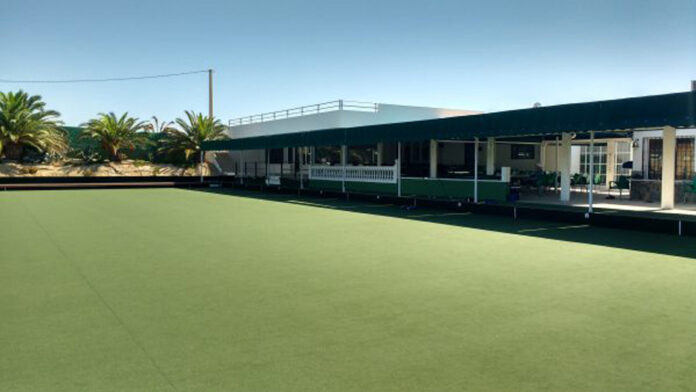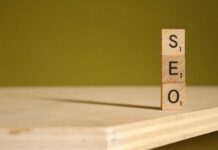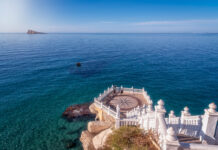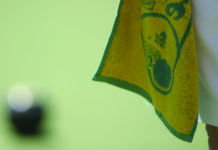Are you thinking about buying a new roof for your business? Then you have to make decisions. Commercial roofs come in many shapes and sizes, not to mention a variety of materials. With so many options available to you, it can be difficult to decide which option is best for your needs.
Luckily, this guide will help you learn more about the different types of commercial roofs. It is a reliable companion when searching for the perfect roofing material for commercial applications.
Built-Up Roofing
The Engineered Roof (BUR) is one of the most common types of commercial roof systems. It consists of several layers of roofing felt or sandwich panels that are bonded with bitumen or roofing putty containing bitumen. The top layer is usually covered with a layer of gravel or a mineral top layer that protects the lower layers from harmful weather and UV rays.
One of the decisive advantages of the BUR roof is its durability. With regular maintenance and repairs, a BUR roof can last up to 30 years. In addition, BUR roofs are known for their resistance to strong winds and fire, making them a popular choice for commercial buildings.
But the BUR roof also has its pitfalls. A major disadvantage is its weight. Multiple layers of tar paper and bitumen can make the BUR roof quite heavy, which can be a problem for weight-restricted buildings. Additionally, BUR roofs require regular maintenance to prevent water damage as the layers can absorb moisture if not properly installed and maintained.
Modified Bitumen Roofing (MBR)
Modified Bitumen Roofing (MBR) is a type of commercial roofing system that combines the durability and reliability of traditional roofing with the flexibility of a modern membrane roofing system. MBR is made by modifying bitumen, a type of bituminous material, with various polymers and other substances. This modification gives MBR a number of unique properties that make it an excellent choice for commercial roofing applications.
MBR is designed to expand and contract with temperature changes, preventing cracking and other damage. This makes MBR an ideal choice for buildings in areas subject to adverse weather conditions.
MBR is also highly customizable. It is available in a variety of colors and can be styled to mimic the look of other types of roofing such as clapboards or roof tiles. This allows builders to get the exact look they want for their commercial roofing system.
Finally, MBR is relatively easy to install and maintain. It can be applied using a variety of methods including flame, heat peel and self-adhesive.Once installed, MBR requires relatively little maintenance, which can save you time and money in the long run.
Metal Roofing
Metal roofs are one of the most popular types of commercial roofs due to their durability, economy and energy efficiency. Metal roofing is made from a variety of materials including aluminum, steel, zinc and copper. Known for their strength and durability, these materials are ideal for waterproofing commercial buildings.
Most metal roofs last at least 50 years and some can last up to 100 years. This durability means metal roofing has a lower long-term cost than other roofing materials, which may need to be replaced more frequently.
The reflective surface of the metal roof helps reduce the amount of heat absorbed by the building, keeping the interior cool and reducing the need for air conditioning. This results in lower energy costs and reduced CO2 emissions.

















